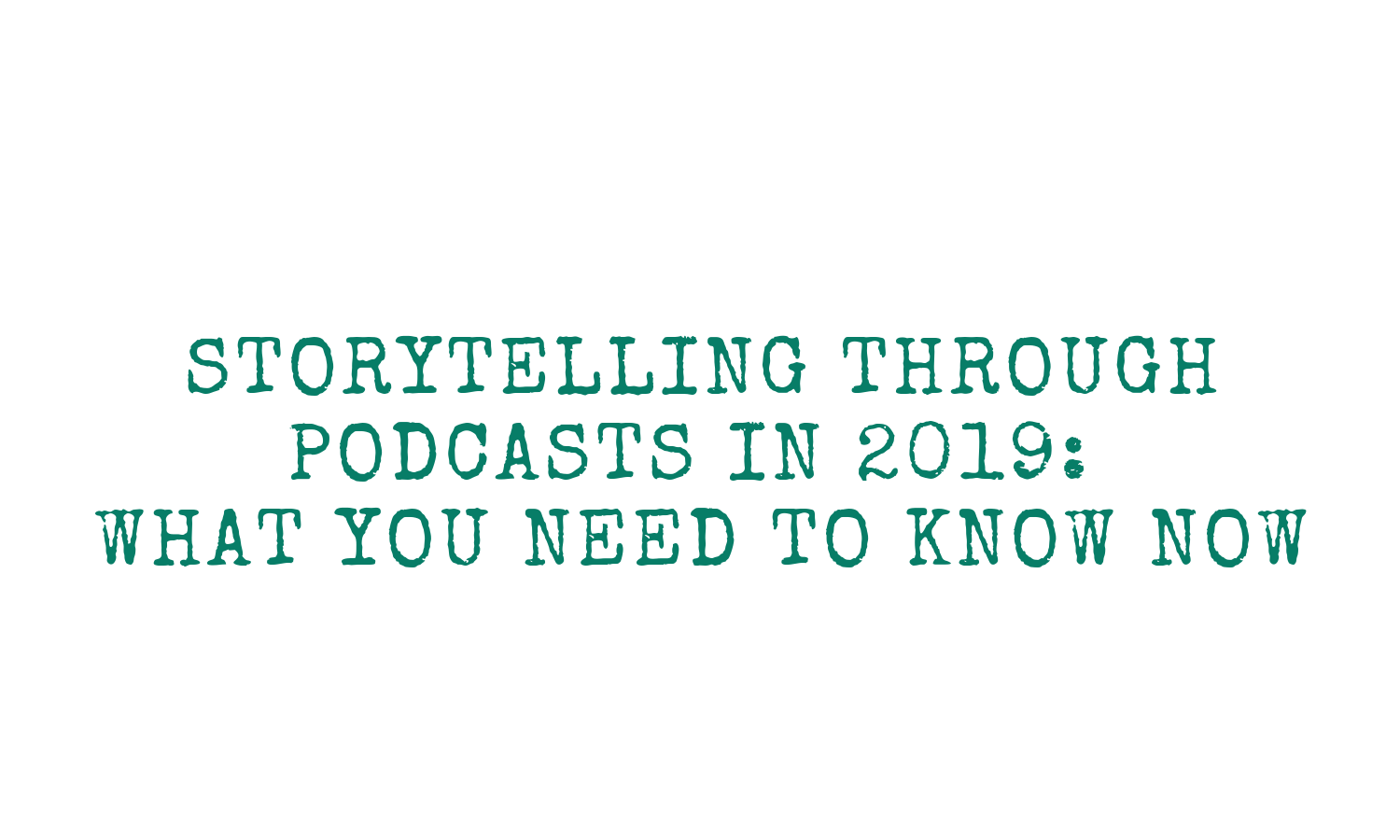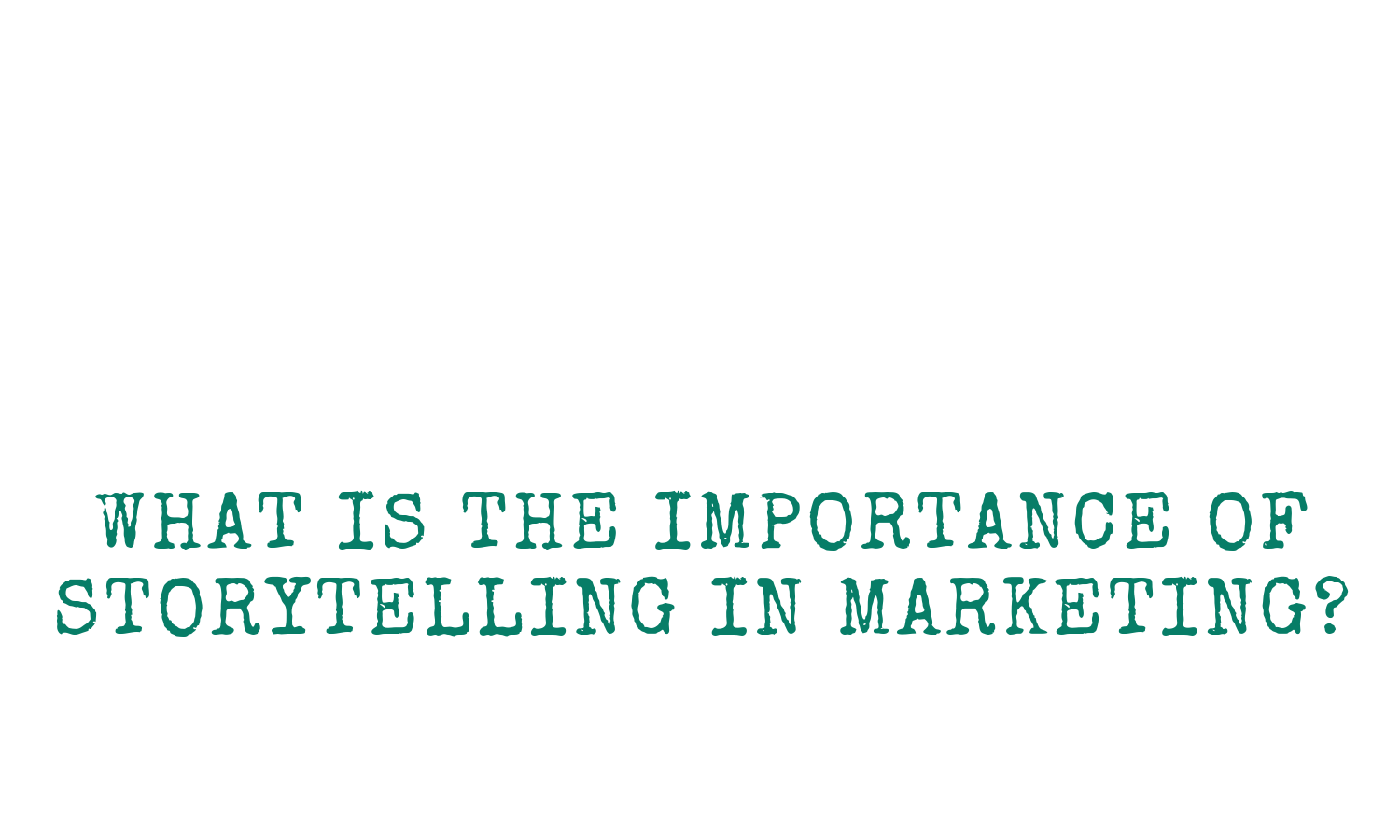Storytelling Through Podcasts in 2019: What To Know Now
Podcasts continue to grow in popularity and this won’t slow down anytime soon. According to a study conducted by Edison Research, more than 50% of the US population over the age of 12 has listened to a podcast this year, jumping from 44% in 2018. With endless content options and ease of consuming, this platform is ideal for storytelling. Whether it’s an interview, fictional story or the latest news, podcasts are a great way to reach your ideal audience. Here is what you need to know about storytelling through podcasts in 2019.
What is the Story You Want to Tell?
So you want to start a podcast. That’s great! Before you jump right in and press record, come up with a concept and define the theme or niche. Popular podcast topics include everything from news and true crime to business and fiction. Think about the overarching theme that aligns with your story and jot down episode ideas.
What is Your Goal with the Podcast?
Now that you’ve defined the “what” for your podcast, let’s think about the “why.” What do you hope to achieve from your podcast? Are you a storyteller who wants to share a fictional narrative? Are you a business owner who wants to share industry tips and tricks? Or maybe you and your best friend want to discuss your favorite books in hopes of fostering an audience with similar interests. Successful storytelling has a purpose, so keep your mission in mind.
Know Your Audience
Before producing your content, it’s important to define your audience. Who are you telling your story to? You should have a general idea of their interests, age, location and other demographics so that you can tailor your storytelling accordingly. In order to provide value through your podcast, you need to know what your audience wants to hear.
Pick a Format
Storytelling through podcasts can be accomplished in several ways. Interviews, monologues, non-fiction and co-hosted podcasts are the most common formats, but there aren’t any rules when it comes to podcasting. Thinking outside of the box and coming up with something creative can help your story stand out.
Interviews
With an interview format, a host guides the guest through their story. This conversational style of storytelling keeps listeners engaged and allows them to experience different stories throughout the series.
Monologues
This solo style of podcasting is where a storyteller simply talks into a microphone and hits record. This format works well if you’re sharing a narrative story or sharing your expertise on a specific topic.
Co-Hosted
A co-hosted podcast involves two people having a recorded conversation. It makes listeners feel like they are hanging out with their best friends or part of an inclusive group. This format can be very entertaining and it’s refreshing to have two points of view.
Non-Fiction
This form of storytelling is ideal for sharing current events, recreating historical events or chronicling a real life experience.
Outline the Episode
No matter what format you choose, there is a lot of planning that goes into storytelling through podcasts. To ensure that you’re producing quality content, spend some time outlining the story and structuring the narrative. Drafting a script can help polish the story and prevent rants and unnecessary details.
Each episode should follow a similar structure. Humans are creatures of habit and like to know what to expect. The stories may change, but the overall organization should be consistent from one episode to the next.
Follow Basic Storytelling Techniques
It may seem obvious, but just like all stories, podcasts should have a beginning, middle and end. An introduction is essential in storytelling through podcasts because it gives the listener context and necessary background information. This could be setting the scene for a fictional story or giving a brief bio of the guest being interviewed.
Clearly the content will vary based on your topic and format, but the middle of your story should include the rising action, climax and falling action. Basically this is the meaty part of your story—it builds tension and excitement. It’s also the height of conflict or where the plot twist occurs.
Lastly, the story should end with a resolution. Give your listeners some closure and tie up loose ends. This is also the perfect spot in the podcast for a call to action. If you want your listeners to do something after hearing your story, like follow you on social media or visit your website, this is the time to encourage that action.
As you can see, there isn’t one specific rule when it comes to telling your story through podcasts, but this universal formula helps shape your story.
How To Promote Your Podcast
Congratulations, you have a podcast! Now let’s get you some listeners. First of all, you’ll want to submit your episodes to podcast aggregators and directories. Podcast aggregators are apps that play podcasts, with the most popular being Apple Podcasts. This makes your podcast discoverable to users who browse in the app. You’ll also want to submit your episodes to big podcast directories such as Google Play, Spotify and iHeartRadio.
Another way to promote your podcast is through social media. Educate your followers on platforms such as Instagram, Facebook and Twitter about your podcast and alert them when a new episode is available.
Podcasts are becoming a more popular medium for storytelling each year—and for good reason! They allow you to connect with your existing audience and get discovered by new listeners. If your business would like to try storytelling through podcasts in 2019 and beyond, click here to contact us, The Storyteller Agency. We are passionate about great stories and can help share yours in such a way that your audience can’t help but like you, follow you and adhere to your brand loyally.






